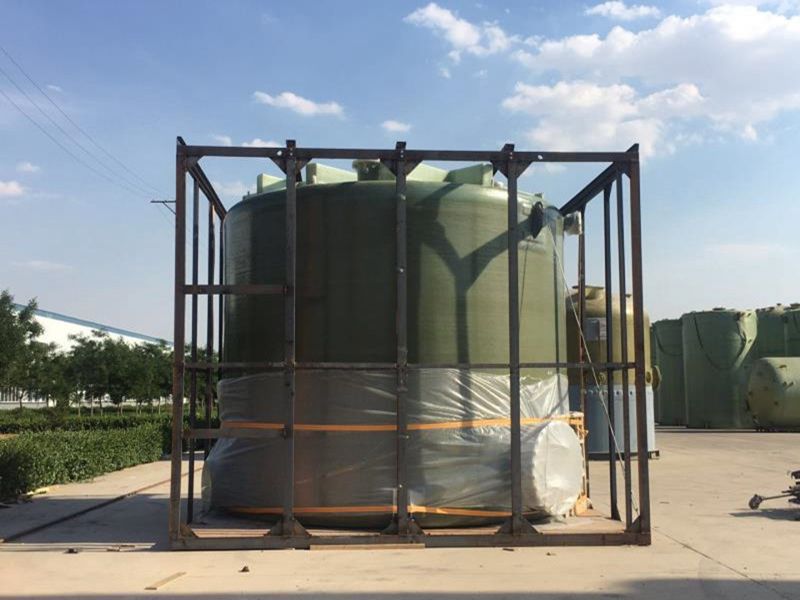
-
 Afrikaans
Afrikaans -
 Albanian
Albanian -
 Amharic
Amharic -
 Arabic
Arabic -
 Armenian
Armenian -
 Azerbaijani
Azerbaijani -
 Basque
Basque -
 Belarusian
Belarusian -
 Bengali
Bengali -
 Bosnian
Bosnian -
 Bulgarian
Bulgarian -
 Catalan
Catalan -
 Cebuano
Cebuano -
 China
China -
 China (Taiwan)
China (Taiwan) -
 Corsican
Corsican -
 Croatian
Croatian -
 Czech
Czech -
 Danish
Danish -
 Dutch
Dutch -
 English
English -
 Esperanto
Esperanto -
 Estonian
Estonian -
 Finnish
Finnish -
 French
French -
 Frisian
Frisian -
 Galician
Galician -
 Georgian
Georgian -
 German
German -
 Greek
Greek -
 Gujarati
Gujarati -
 Haitian Creole
Haitian Creole -
 hausa
hausa -
 hawaiian
hawaiian -
 Hebrew
Hebrew -
 Hindi
Hindi -
 Miao
Miao -
 Hungarian
Hungarian -
 Icelandic
Icelandic -
 igbo
igbo -
 Indonesian
Indonesian -
 irish
irish -
 Italian
Italian -
 Japanese
Japanese -
 Javanese
Javanese -
 Kannada
Kannada -
 kazakh
kazakh -
 Khmer
Khmer -
 Rwandese
Rwandese -
 Korean
Korean -
 Kurdish
Kurdish -
 Kyrgyz
Kyrgyz -
 Lao
Lao -
 Latin
Latin -
 Latvian
Latvian -
 Lithuanian
Lithuanian -
 Luxembourgish
Luxembourgish -
 Macedonian
Macedonian -
 Malgashi
Malgashi -
 Malay
Malay -
 Malayalam
Malayalam -
 Maltese
Maltese -
 Maori
Maori -
 Marathi
Marathi -
 Mongolian
Mongolian -
 Myanmar
Myanmar -
 Nepali
Nepali -
 Norwegian
Norwegian -
 Norwegian
Norwegian -
 Occitan
Occitan -
 Pashto
Pashto -
 Persian
Persian -
 Polish
Polish -
 Portuguese
Portuguese -
 Punjabi
Punjabi -
 Romanian
Romanian -
 Russian
Russian -
 Samoan
Samoan -
 Scottish Gaelic
Scottish Gaelic -
 Serbian
Serbian -
 Sesotho
Sesotho -
 Shona
Shona -
 Sindhi
Sindhi -
 Sinhala
Sinhala -
 Slovak
Slovak -
 Slovenian
Slovenian -
 Somali
Somali -
 Spanish
Spanish -
 Sundanese
Sundanese -
 Swahili
Swahili -
 Swedish
Swedish -
 Tagalog
Tagalog -
 Tajik
Tajik -
 Tamil
Tamil -
 Tatar
Tatar -
 Telugu
Telugu -
 Thai
Thai -
 Turkish
Turkish -
 Turkmen
Turkmen -
 Ukrainian
Ukrainian -
 Urdu
Urdu -
 Uighur
Uighur -
 Uzbek
Uzbek -
 Vietnamese
Vietnamese -
 Welsh
Welsh -
 Bantu
Bantu -
 Yiddish
Yiddish -
 Yoruba
Yoruba -
 Zulu
Zulu
grp clarifier
Understanding GRP Clarifiers An Essential Component for Water Treatment
In the realm of water treatment, clarity and efficiency are paramount. One of the most effective tools for achieving clear, purified water is the GRP (Glass Reinforced Plastic) clarifier. This innovative technology plays a crucial role in both industrial and municipal wastewater treatment processes, ensuring that discharged water meets environmental standards.
What is a GRP Clarifier?
A GRP clarifier is a type of settling tank made from glass-reinforced plastic, designed to separate solids from liquids through a process known as sedimentation. The GRP material is known for its strength, durability, and resistance to corrosion, making it an excellent choice for water treatment facilities, even in harsh chemical environments. The design of a GRP clarifier typically includes a sloped bottom to promote the movement of sediment toward a central collection point, where accumulated solids can be easily removed.
How Does a GRP Clarifier Work?
The operation of a GRP clarifier is relatively straightforward. When wastewater enters the clarifier, it is evenly distributed across the surface area of the tank. As the flow slows down, heavier particles begin to settle at the bottom due to gravity, forming a sludge layer. Meanwhile, the clearer water above, known as the supernatant, flows out of the clarifier for further treatment or discharge.
The efficiency of a GRP clarifier is enhanced by several design features, such as baffles, which help to direct flow and minimize turbulence, ensuring effective settling. Depending on the application, clarifiers can be designed for various feed rates and sludge removal methods, allowing for versatility in different operational contexts.
Advantages of GRP Clarifiers
grp clarifier

One of the primary benefits of GRP clarifiers is their resistance to corrosion. Unlike traditional concrete tanks, which can degrade over time when exposed to aggressive chemicals, GRP clarifiers maintain their integrity and performance. This results in lower maintenance costs and extended service life. Additionally, the lightweight nature of GRP makes installation easier and often reduces construction costs.
Another significant advantage is their adaptability. GRP clarifiers can be manufactured in a range of sizes to accommodate different treatment demands, from small-scale municipal plants to large industrial facilities. This flexibility allows facilities to optimize their processes based on varying wastewater characteristics and flow rates.
Furthermore, GRP clarifiers often contribute to improved water quality. By effectively removing suspended solids and other contaminants, they help to enhance the overall treatment process, reducing the burden on downstream processes such as filtration or disinfection. This efficiency can lead to significant cost savings in chemicals and energy consumption, making GRP clarifiers not just effective, but also economically viable.
Applications of GRP Clarifiers
GRP clarifiers are versatile and can be used across various industries. They are commonly found in wastewater treatment plants, food and beverage processing, oil and gas operations, and even in stormwater management systems. Their ability to handle a wide range of pollutants and adapt to different environmental conditions makes them a preferred choice for many engineers and operators.
Conclusion
In summary, GRP clarifiers are a vital component of modern water treatment systems. Their innovative design, coupled with the advantages of glass-reinforced plastic, provides an efficient and durable solution for achieving clean, clear water. As the demand for effective wastewater treatment continues to grow, the role of GRP clarifiers will undoubtedly become even more significant in safeguarding our water resources and protecting the environment.
Latest news
-
Exploring the Benefits of Top Hammer Drifter Rods for Enhanced Drilling PerformanceNewsJun.10,2025
-
High-Precision Fiberglass Winding Machine for GRP/FRP Pipe Production – Reliable & Efficient SolutionsNewsJun.10,2025
-
FRP Pipes & Fittings for Shipbuilding - Corrosion-Resistant & LightweightNewsJun.09,2025
-
Premium FRP Flooring Solutions Durable & Slip-ResistantNewsJun.09,2025
-
Premium Fiberglass Rectangular Tanks Durable & Lightweight SolutionNewsJun.09,2025
-
Tapered Drill String Design Guide Durable Performance & UsesNewsJun.09,2025









